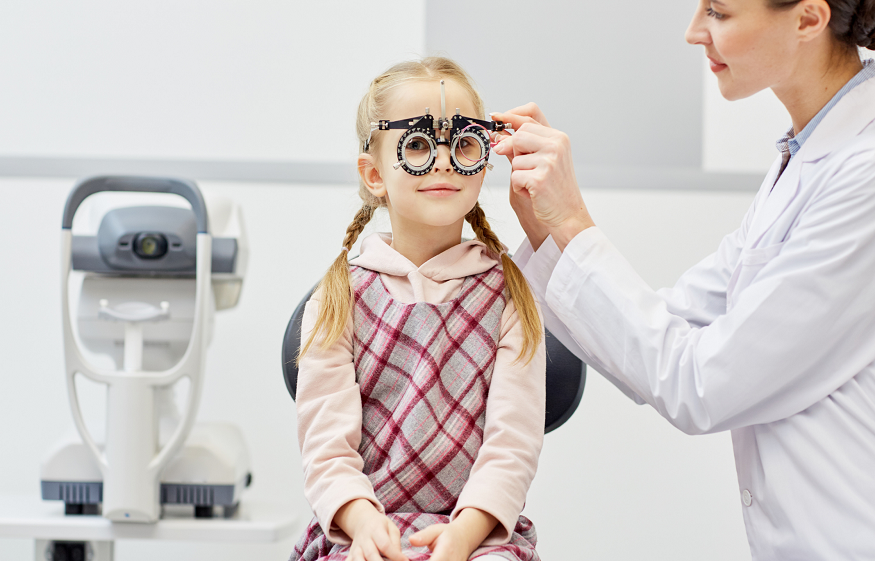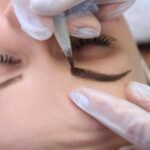In order to remedy a condition, it is customary to make an appointment with an ophthalmologist. It’s possible that you have problems seeing properly when you drive at night, that you require sunglasses, or that your child has trouble seeing the chalkboard in school. Myopia is the medical term for the latter ailment, which is more widely known as nearsightedness. It is the state of having a clear vision for items that are up close but having difficulty seeing things that are further away.
What are the Causes of Myopia?
To completely comprehend myopia, it is necessary to first be familiar with the appearance of a standard, non-myopic eye, also known as an emmetropic eye, and its function in facilitating clear vision. Two strong structures of the eye bend light rays as they enter the eye through the dark, black entrance of the eye that is called the pupil. When light rays go deeper into the eye, they are bent even more by the interocular lens. This causes all the light rays to converge on the retina to produce a perfect focal point. The cornea is the transparent outer covering of the eye.
Myopia can be brought on by just one of a number of reasons, or it can be brought on by a combination of all three:
- The cornea may have an excessively steep curvature.
- The interocular lens may have an excessively strong power.
- The length of the eye, as measured from the rear of the interocular lens to the back of the retina, may be a vast distance.
Because of these conditions, the light focuses in front of the retina rather than immediately on it.
In most cases, nearsightedness is a hereditary condition; a child’s chances of developing the condition increase if either or both parents have it. This disorder, which makes it difficult to see things clearly when they are further away, is also occasionally referred to as “eye too long” or “eye too powerful.” Eye too long is the most common term.
How is this condition remedied?
An optometrist, sometimes known as an eye doctor, can aid in the correction of myopia and nearsightedness. It is not possible to get rid of it without undergoing a surgical procedure such as Lasik. However, using prescription eyeglasses or contact lenses might help the patient’s eyesight. A “minus” lens, which is a concave lens, is used to correct a person’s eyesight. This lens bends light rays outward, aiding the eye in doing its job of focusing light onto a single spot on the retina. Another option is LASIK, a procedure that alters the structure of the cornea to improve a patient’s eyesight.



